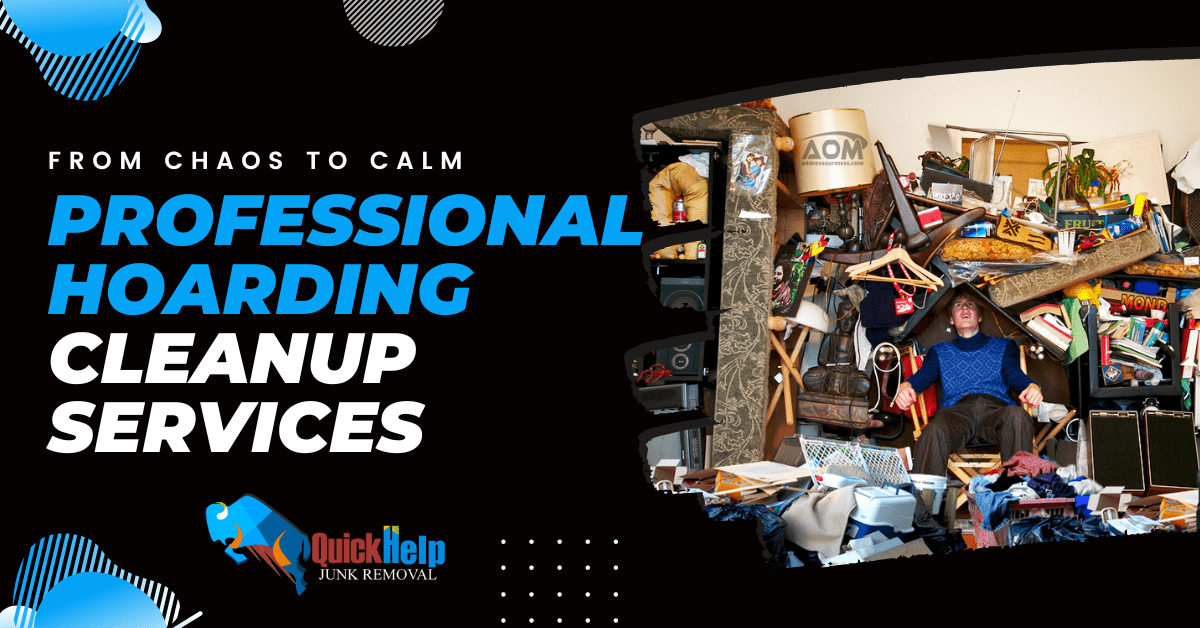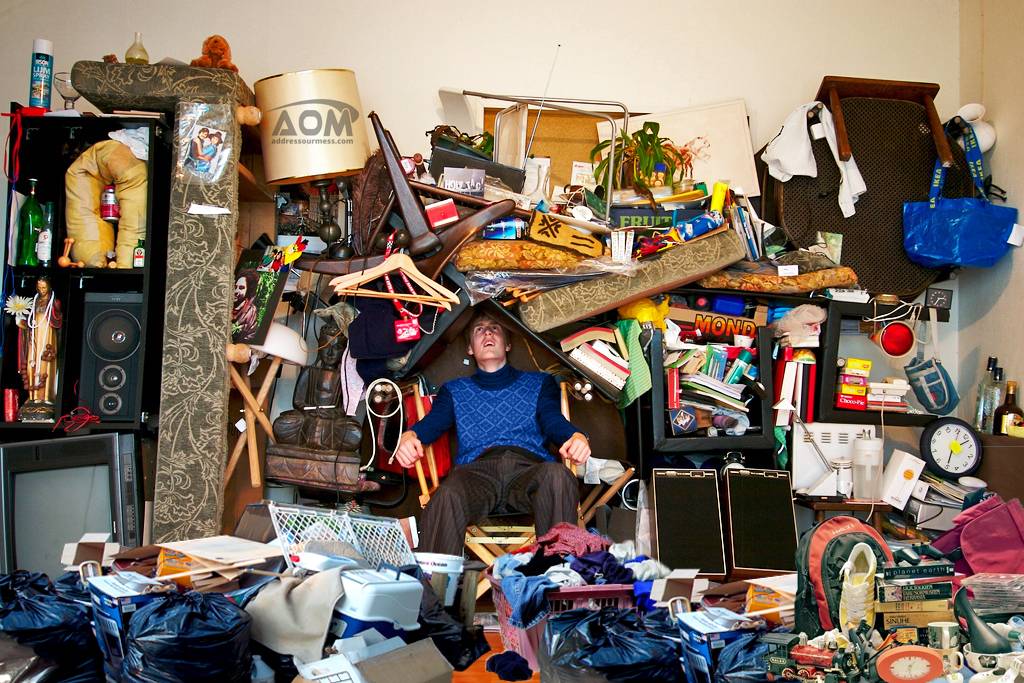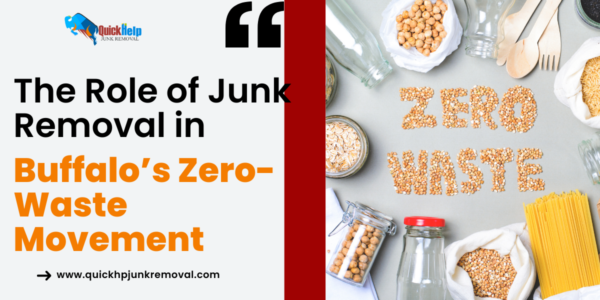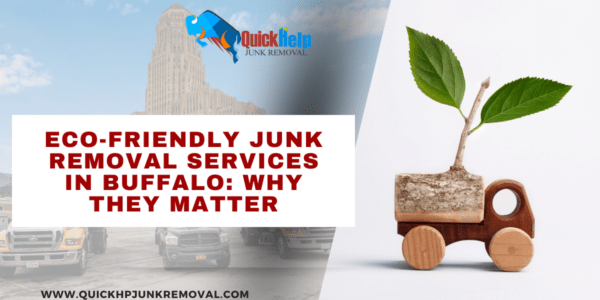Understanding the Complexity of Hoarding
Rent Your Way to a Clutter-Free Space. Welcome to a journey from chaos to calm, where we delve into the world of hoarding and the transformative power of professional cleanup services. Hoarding is more than just clutter; it’s a complex challenge that often requires a specialized touch. As someone deeply involved in the world of junk removal, I’ve witnessed the impact of hoarding on individuals and spaces, and today, I share the insights that can turn chaos into calm.
Recognizing the Challenges Faced by Hoarders
Imagine a home where every available space is filled with items, each holding a story or sentiment. This is the reality for many individuals dealing with hoarding tendencies. The challenges they face go beyond physical clutter; it’s a mental and emotional burden that can feel insurmountable. Recognizing the depth of these challenges is the first step toward understanding the importance of professional hoarding cleanup services.
The Impact of Hoarding on Individuals and Spaces
Mental and Emotional Toll
Hoarding is not simply about having too many possessions; it often reflects a deep emotional struggle. I’ve encountered clients who, due to various life circumstances, found solace in holding onto every item. The emotional toll can be overwhelming, leading to anxiety, depression, and a sense of isolation. The journey from chaos to calm involves not just removing items but addressing the root of these emotional challenges.
Personal Anecdote: I once worked on a hoarding cleanup project where the individual shared stories behind each item. It became evident that the clutter wasn’t just physical; it was a tapestry of memories and emotions. Understanding this aspect is crucial for a compassionate cleanup process.
Physical Consequences
The impact of hoarding extends beyond the emotional realm to the very spaces individuals inhabit. Living spaces become cramped and challenging to navigate, and, in extreme cases, health hazards may emerge. Mold, pests, and unsanitary conditions can pose significant risks. Professional hoarding cleanup is not merely about tidying up; it’s about restoring a safe and functional environment.
Personal Anecdote: I once encountered a hoarding situation where the buildup of items had created an environment ripe for pests. Addressing not only the clutter but also the associated health risks became a priority for the cleanup process.
Professional Hoarding Cleanup: Beyond Traditional Junk Removal
Specialized Expertise
Hoarding cleanup requires a unique set of skills that go beyond traditional junk removal. It involves understanding the psychology of hoarding, recognizing the triggers, and approaching the cleanup process with sensitivity. Professional services bring a level of expertise that is crucial for navigating the complexities of hoarding situations.
Personal Anecdote: A client once asked me, “What makes hoarding cleanup different?” The answer lies in the need for specialized expertise. It’s not just about removing items; it’s about understanding the emotional attachment and creating a supportive environment for change.
Compassionate Approach
Approaching hoarding cleanup with empathy and compassion is paramount. Individuals facing hoarding tendencies often feel a deep sense of shame and embarrassment. A compassionate approach not only fosters trust but also sets the stage for a more successful cleanup journey.
Personal Anecdote: In a particularly challenging cleanup, the individual expressed feelings of guilt for letting the space become cluttered. Taking a compassionate approach was instrumental in reassuring them that seeking help was a courageous step toward positive change.
The Process: Assessment to Transformation
Initial Assessment
Before embarking on the cleanup journey, a thorough assessment is essential. This involves understanding the extent of hoarding, identifying potential challenges, and establishing a baseline for the cleanup plan. It’s a crucial step that lays the foundation for a successful transformation.
Personal Anecdote: During an initial assessment, I observed how a client hesitated to let go of certain items. This insight guided the creation of a tailored plan that allowed them to take small steps toward decluttering, ensuring a gradual and sustainable transformation.
Tailored Cleanup Plans
No two hoarding situations are alike, emphasizing the need for customized cleanup plans. These plans consider the individual’s emotional attachment to items, the level of clutter, and the pace at which they are comfortable letting go. Tailored plans increase the likelihood of a positive and lasting transformation.
Personal Anecdote: I once worked on a cleanup where the individual had a unique attachment to newspapers. Understanding this attachment and incorporating it into the cleanup plan allowed for a more collaborative and successful process.
Safe and Efficient Removal
Hoarding cleanup involves more than just removing items; it requires safe and efficient disposal strategies. This includes addressing potential health hazards, recycling materials where possible, and ensuring the space is left not only clutter-free but also sanitized.
Personal Anecdote: In a particularly challenging cleanup, safety was a primary concern due to the accumulation of items. Our team implemented safety protocols and disposal methods that not only cleared the space but also ensured a healthier environment.
Addressing Emotional Aspects During Cleanup
Supportive Environment
Creating a supportive and non-judgmental environment is crucial during hoarding cleanup. Professionals play a pivotal role in fostering an atmosphere where individuals feel understood, supported, and empowered to make positive changes.
Personal Anecdote: I recall a cleanup where the individual expressed fear of judgment. Establishing trust and ensuring them that our focus was on their well-being transformed the cleanup process into a collaborative journey.
Involving the Individual
Empowering individuals to be active participants in the cleanup process is key. This involves including them in decision-making, allowing them to set boundaries, and recognizing their autonomy throughout the journey.
Personal Anecdote: I once witnessed the transformational impact of involving an individual in decision-making. It not only made the cleanup process more collaborative but also contributed to a sense of control and accomplishment.
Real-Life Transformations: Success Stories in Hoarding Cleanup
Home Restoration
A successful hoarding cleanup goes beyond creating a clutter-free space; it involves restoring a home to its intended functionality. I’ve witnessed homes where rooms once impassable became functional, creating a safe and comfortable living environment.
Personal Anecdote: A particularly challenging cleanup involved a home where the kitchen was rendered unusable due to clutter. The transformation post-cleanup not only restored functionality but also allowed the individual to reclaim a vital part of their daily life.
Emotional Healing
The impact of hoarding cleanup extends beyond the physical realm to emotional healing. Creating a clutter-free environment can significantly improve mental well-being, fostering a sense of calm and positivity.
Personal Anecdote: In a cleanup where emotional healing was a primary goal, witnessing the individual’s emotional response to a transformed space highlighted the profound impact of hoarding cleanup on mental well-being.
Challenges and Sensitivities in Hoarding Cleanup
Navigating Hoarding Triggers
Hoarding cleanup often involves navigating sentimental items and triggers. Professionals must be adept at recognizing these triggers and employing strategies that respect the emotional ties individuals may have to their possessions.
Personal Anecdote: In a cleanup where sentimental items were abundant, navigating triggers required a delicate touch. Understanding the emotional significance of each item allowed for a more respectful and successful cleanup.
Establishing Trust
Building trust between professionals and individuals facing hoarding tendencies is an ongoing process. It requires transparency, consistent communication, and a commitment to understanding the unique challenges each cleanup presents.
Personal Anecdote: A cleanup project taught me the significance of building trust over time. Consistent communication and demonstrating reliability were key elements in establishing trust and ensuring a successful cleanup.
Tips for Recognizing Hoarding Tendencies and Seeking Help
Identifying Warning Signs
Recognizing early signs of hoarding tendencies is crucial for timely intervention. These signs may include excessive acquisition of items, difficulty parting with possessions, and a persistent struggle to keep living spaces clutter-free.
Personal Anecdote: I once received a call from a concerned family member who noticed signs of hoarding in their loved one. Offering guidance on recognizing warning signs and encouraging open communication became essential in this situation.
The Importance of Professional Intervention
While DIY attempts may seem like a viable solution, the complexity of hoarding cleanup often necessitates professional intervention. Professional hoarding cleanup services bring the expertise, compassion, and efficiency needed for successful transformations.
Personal Anecdote: I encountered a situation where an individual attempted DIY cleanup, only to find the process overwhelming. The decision to seek professional help not only eased the burden but also paved the way for a more thorough and lasting cleanup.
A Fresh Start Beyond Clutter
In the journey from chaos to calm, professional hoarding cleanup services play a pivotal role. It’s not just about removing items; it’s about creating a supportive, compassionate, and transformative experience. As we navigate the complexities of hoarding, let’s build a path to a fresh start beyond clutter.






